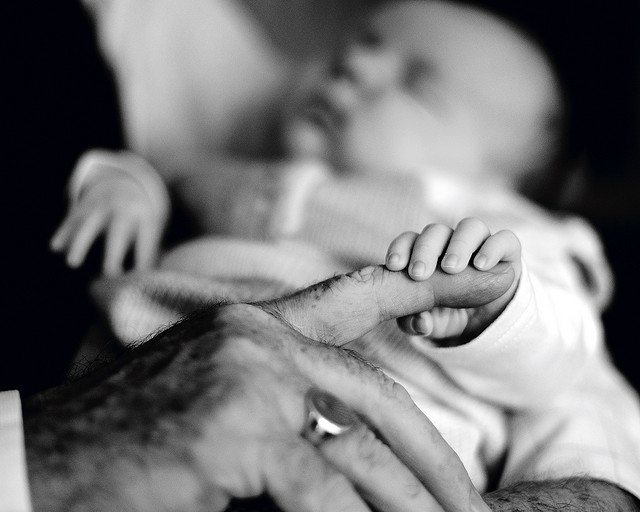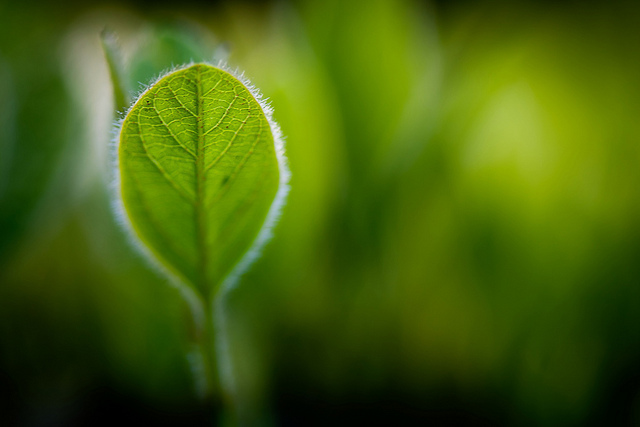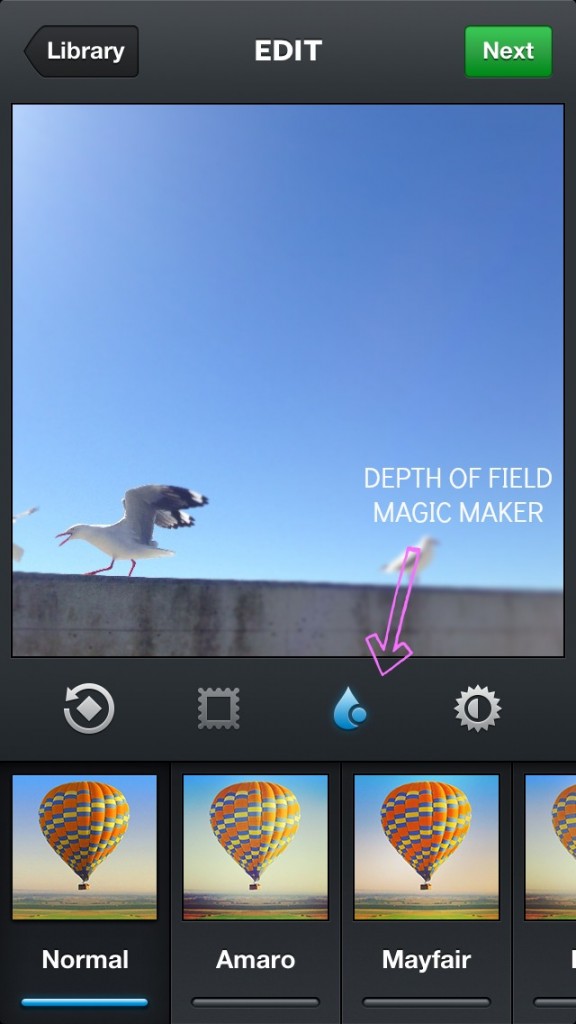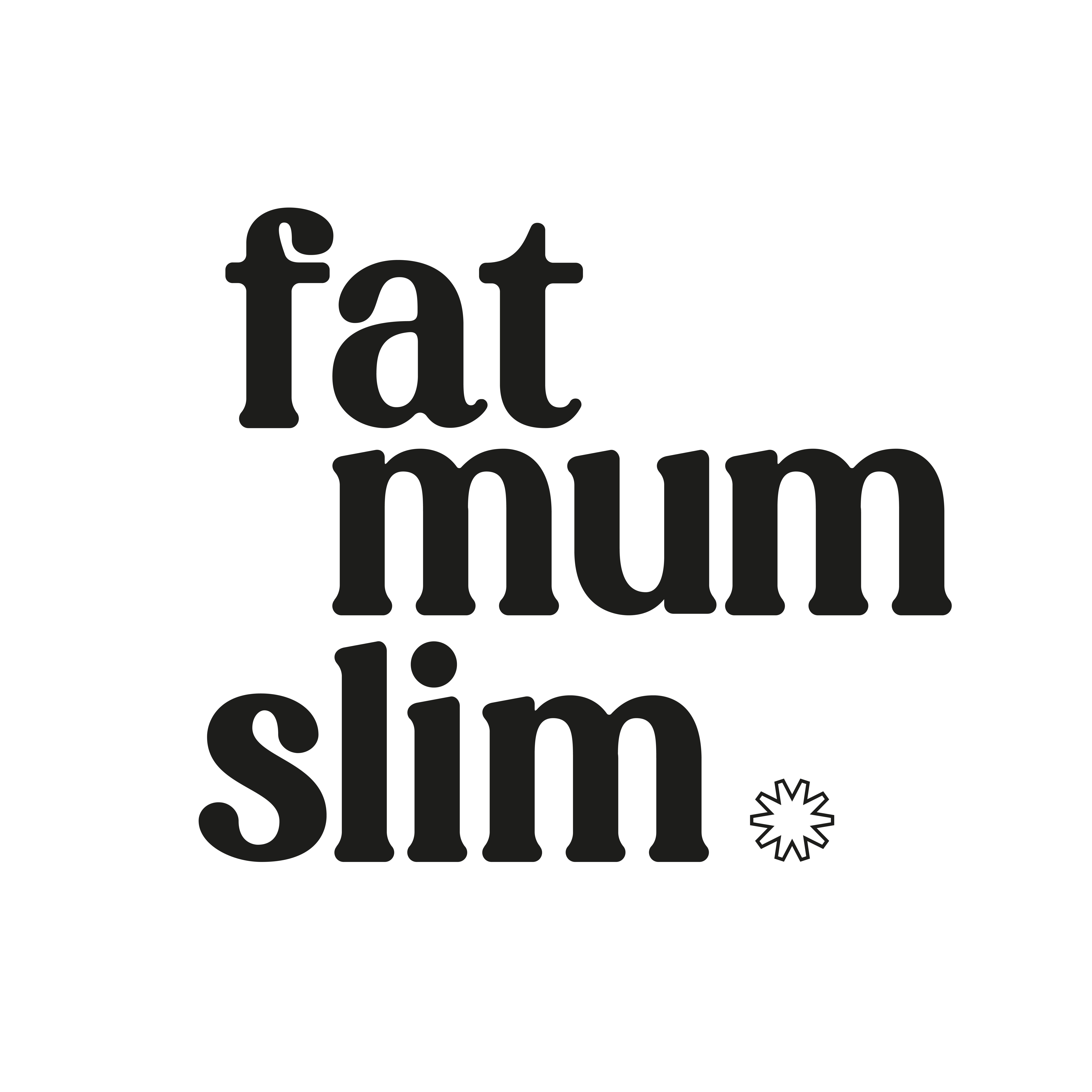So you may have noticed that each month we’ve been doing a little stretching and growing with the photo a day challenge. We’ve played with perspective, learnt about rule of thirds and dabbled with a little negative space. This month we’re going to explore depth of field.
I’m going to let Wikipedia confuse you with their explanation first, and then I’ll break it down a little to how I understand it:
Depth of field (DOF) is the distance between the nearest and farthest objects in a scene that appear acceptably sharp in an image.
Maybe if we have photographers among us they can explain it better, but basically it means that in a photograph an object will be lovely and sharp {this is the depth of field} and the rest will have a lovely blur around it because it’s not in focus. Now depth of field can go into lots and lots of details, but we’re just doing the very basics here. Let me show you a few examples of depth of field {so your brain doesn’t explode!}:
 See how the focus of the photo sits on the little baby’s hand and the adult’s finger {those bits are quite lovely and sharp}, and the rest is quite blurry?
See how the focus of the photo sits on the little baby’s hand and the adult’s finger {those bits are quite lovely and sharp}, and the rest is quite blurry?
photo credit: conorwithonen
And again here, the focus is on the leaf, and the rest of the photo is out of focus?
photo credit: helen sotiriadis
So, is your brain OK? Do you get it now?
Now I need to share HOW you can get that blur. I’m going to take the easy way and explain it to iPhone {and smart phone} users. We’ve got it easy, we get to cheat to achieve depth of field. Woot!
Depth of field on your iPhone
Getting depth of field can be done with ease in Instagram. All you have to do it snap a photo in Instagram {or select one from your library}, go to the edit page {pictured} and select the blur tool. You can choose either a circle or a line. Personally I like the circle. You’ll want to place the circle or line over the part of the photo that you want to be in focus. You can stretch it with your fingers to make it bigger, if needed.
You can see in my example here, I’ve made the bird with it’s wings open to be the sharper part of my photo, and the other parts are blurred.
TIP: While you can stretch to make the focus bigger, it really is great to keep it close to the size it comes with – otherwise you lose the effect if you don’t get the ratio of focus/blur right. Experiment and play around.
Also, if I only had one bird in this photo, this effect wouldn’t work well. You want to have parts of the photo that will look blurry. The blue sky is out of focus here, but you can’t really notice, can you?
One of my favourite Apps, Camera+, has a filter called Depth of Field. It doesn’t let you choose where to put the focus, but it’s an easy one to use if you like easy.
This is a photo I took while in a helicopter over Sydney last year. I’ve put the focus on the Opera House, so that your eyes go straight to that… and then everything else is a little bit blurry. The added bonus is that it kinda makes it look like a miniature world, but lets not confuse ourselves by getting too excited about that. Let’s concentrate on what’s in focus and what’s not.
Now if you have a fancy DSLR, you probably know how to get Depth of Field. I’d love to explain it to you, but I’m sure I’ll probably just confuse the bejeezus out of you. Basically you want to open up the aperture for maximum blur, choose the right focal point for your subject matter and shoot! My friend Rowe is the master at breaking it down and telling you how to get it, and we’ll be doing that when we run our online blogging/photography ecourse soon.
If you have a point and shoot camera, then it will depend on the capabilities of your camera on whether you can get a depth of field. You can also cheat by using Picmonkey.com and playing around with their spotlight and focal soften features.
I hope that helps! Once you play around with it, you’re sure to love it. I do. x









I know this will sound crazy, but I take lots of depths of field pics inadvertently. It’s cool to know that there are apps I can do this with tho. Thanks for the advice and the great essay.
I’m the same! Especially at Christmas with baubles and decorations with the bokeh tree in the background 🙂
Very cool thankyou.
another good online editor is Fotor 🙂
Thanks Chantelle, you always it easy to Understand the photo tech talk!! Is there anywhere I can find out more about your ecourse?
You
can also achieve a (shallow) depth of field effect on your iPhone by
1)
placing the object to be in focus very near your camera/phone while
2)
ensuring there is something in the distance within your frame, then
3)
tap the screen to force the camera to
focus on the near object.
The auto-focus might take a few moments to
work it out but once the close object is in focus and the background is
blurry, you’ve achieved the desired effect without relying on Instagram
etc. to blur.
Wow, what a great tip! I didn’t realize you could do that, thanks Kez!
Kez that’s an awesome feature, thanks!
I do use the blur tool on Instagram quite a lot too.
Omg I just did it. Didn’t even know what the teardrop (blur) button was for. I’m so excited. Thanks Chantelle. Love it.
The way I understand it on a DSLR is depth of field has to do with 2 things – your f stop (aperture) and point of focus. The lower your f stop number the higher the blur in the background. So if you are shooting 1/125 shutter speed and want the highest background blur I set my fstop to 1.8 or 2.2.
Also realize that your lens limits your f-stop. I use a 50mm lens when I want high blue (low f-stop number). If you can use the AV setting on the camera, that will help you with aperture. If you have a Canon you can use the AF point selection button which allows you to select a particular point (not necessarily the center) to focus on what you want the eye to see. http://www.dummies.com/how-to/content/set-an-autofocus-point-on-a-canon-rebel-t3-series-.html.
Lastly, fstop is thought of in reverse when it comes to light. The lower the aperture the more light is let into the shot. The highest aperture lets in the lowest light. So when you adjust your fstop you may have to adjust your shutter speed to compensate. For example, if you decrease your f-stop to narrow your focus then you may need to lower your shutter speed or use a flash or your picture could blur.
That’s right, and you do not necessarily have to create a blurred background to get depth, For example, you may you have a plant in the foreground, behind houses and then behind mountains, because of the plant in the foreground the houses and mountains seems like very far
http://mirellaschulte.blogspot.com/
I never really use this but I’m going to try and use it more often 🙂 Thanks for this Chantelle!
always,
Anna
I don’t understand how “depth of field” has come to be used to mean “shallow depth of field”. There are times when you want shallow depth of field to isolate your subject from the background, and times when you want deep depth of field to record the whole scene. And yes, you can “cheat” to create blur after the photo was taken, but you can’t “cheat” to get detail that the camera didn’t record.
In other posts below this one, Kez has given an excellent description of how to get shallow DOF on a smart phone and Sharonda has given a fine technical explanation of deep and shallow DOF. If you’re ready to take more control of your photos but not ready (or your camera won’t let you) to go so far as to start thinking about whether to use F/2.8 or f/16, here are some tips:
Your camera probably has a “Portrait” mode. That will set the camera up to give you a fairly shallow depth of field.
If you’re taking close ups, and have a “Macro” mode, that will give you a shallow depth of field for your close ups.
“Landscape” mode will set you up for a deep depth of field, to get as much of the foreground and background in focus as possible.
If your camera can zoom, it will give you MORE depth of field when zoomed out to take in a wider view (more of the photo will be in focus). This is true even if you “zoom with your feet” and move fairly close to your subject. You can photograph one shell on a beach, once with your lens zoomed in, and once with it zoomed out, for instance, in such a way that the shell appears to be the same size in the two photos, but in the one taken when you stood closer to the shell with the lens zoomed out wide, more of the beach will be in focus than in the photo you took while standing further away and zooming in on the shell.
Your lens will give you LESS depth of field when zoomed in to focus on just part of the area in front of you.
I didn’t know what the teardrop in Instagram was for! Thank you!
nice post thanks for sharing with me, as Merchant Navy Institute shares their courses with us.
You do not necessarily have to create a blurred background to get depth, For example, you may you have a plant in the foreground, behind the plant are houses and then behind teh housen there are mountains, because of the plant in the foreground the houses and mountains seems like very far, than you will have a clear photo but you also have depth.
I create this wit my dslr camera, but you ca also make it with your mobile.
http://mirellaschulte.blogspot.com